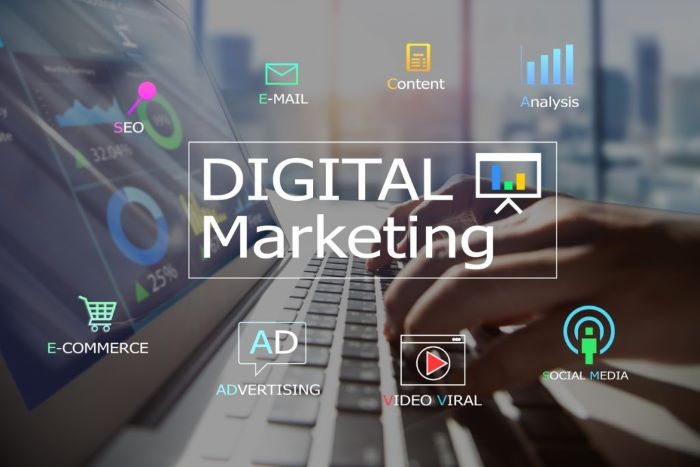App design refers to the process of creating and developing the visual and functional components of a mobile application. This includes designing UI Design, defining the user experience, and developing the features and functionalities of the app.
Designing an app that aligns with business goals is essential for achieving success in today’s competitive market. An app that is well-designed and user-friendly can enhance brand reputation, increase customer engagement and retention, and ultimately lead to increased revenue and business growth.
Define Business Goals and Target Audience
- Identifying business goals
Before designing an app, it is important to identify the business goals that the app will help to achieve. This can include increasing sales, improving customer engagement, or enhancing brand awareness, among others.
- Understanding target audience
Understanding the target audience is also essential for designing an app that aligns with business goals. This includes identifying the demographics, behaviors, and preferences of the target audience, and developing an app that meets their needs and expectations.
Conduct Market Research
- Analyzing competitors
Analyzing competitors can provide valuable insights into what is working well in the market and what could be improved upon. This can include analyzing the features and functionalities of competing apps, as well as the marketing and promotional strategies that are being used.
Also Read: How a Digital Marketing Agency Can Help Your Business
- Understanding industry trends
Understanding industry trends is also important for designing an app that aligns with business goals. This includes identifying emerging technologies and design trends, and incorporating them into the app design as appropriate.
- Conducting user research
Conducting user research can provide valuable insights into the needs and preferences of the target audience. This can include conducting surveys, focus groups, or usability testing to gather feedback on the app design and functionality.
Define App Functionality
- Mapping out user journey
Mapping out the user journey is crucial for ensuring that the app meets the needs and expectations of the target audience. This involves identifying the key touchpoints and interactions that the user will have with the app and developing a seamless flow that enhances the user experience.
- Defining app features and functionalities
Defining app features and functionalities is also important for ensuring that the app meets the business goals and user needs. This includes identifying the core features and functionalities of the app, as well as any additional features that could enhance the user experience.
Develop User Interface Design
- Creating wireframes and prototypes
Creating wireframes and prototypes is an essential step in the app design process. This involves developing low-fidelity mockups of the app design to test out the user journey and identify any potential issues or areas for improvement.
- Designing user interface
Designing the user interface is also a critical aspect of app design. This includes selecting the appropriate visual elements, such as colors, typography, and layout, that align with the branding and enhance the user experience.
- Incorporating branding elements
Incorporating branding elements into the app design is essential for maintaining consistency and reinforcing the brand identity. This includes using the appropriate logo, colors, and design elements that are consistent with the overall brand strategy.
Test and Refine
- Conducting usability testing
Conducting usability testing is an important step in the app design process. This involves testing the app with a group of users to identify any usability issues or areas for improvement.
- Collecting user feedback
Collecting user feedback is also critical for refining the app design and ensuring that it aligns with user needs and preferences. This can include conducting surveys, focus groups, or other methods to gather feedback on the app design and functionality.
- Incorporating feedback into app design
Incorporating feedback into the app design is the final step in the app design process. This involves making any necessary changes or adjustments to the app design and functionality based on user feedback to ensure that the app meets the needs and expectations of the target audience.
Launch and Promote
- Launching app
Launching the app is a critical step in the app design process. This involves ensuring that the app is fully tested and functional, and meets the requirements of the app store or distribution platform. It also involves creating a release plan that identifies the target launch date and any necessary promotional activities.
- Promoting app through marketing and advertising
Promoting the app is essential for driving user adoption and achieving business goals. This can include developing a comprehensive marketing and advertising plan that leverages a range of channels, such as social media, email marketing, influencer partnerships, and paid advertising. It’s important to identify the most effective channels for reaching the target audience and tailoring the messaging to resonate with their needs and preferences.
- Measuring success and refining app as needed
Measuring the success of the app is critical for evaluating its impact on business goals and identifying areas for improvement. This can involve tracking key metrics such as app downloads, user engagement, and revenue generation. Based on the data collected, it may be necessary to refine the app design and functionality to better meet user needs and drive business success. It’s important to continue gathering feedback from users and incorporating their input into ongoing app updates and improvements.
Conclusion
In conclusion, designing an app that aligns with business goals is critical for achieving success in today’s competitive digital landscape. By following a structured approach that encompasses the key elements outlined in this article, businesses can develop an app that meets the needs of their target audience and drives engagement, retention, and revenue generation.
Starting with clearly defined business goals and target audience, businesses can conduct thorough market research to identify industry trends, analyze competitors, and gain insight into user preferences. Mapping out the user journey and defining app features and functionality are essential for ensuring that the app meets the needs of users and supports business objectives.
The user interface design is critical for creating an intuitive and visually appealing app that resonates with the target audience. It’s important to incorporate branding elements and ensure that the design is consistent across all app screens and devices.
Conducting usability testing and collecting user feedback are essential for refining the app design and functionality and improving the user experience. Continuously measuring key metrics and refining the app as needed is critical for achieving long-term success and meeting business goals.
Finally, launching the app and promoting it through marketing and advertising is essential for driving user adoption and achieving business success. By following these key steps, businesses can develop an app that not only meets user needs but also supports their business objectives and drives long-term success.





